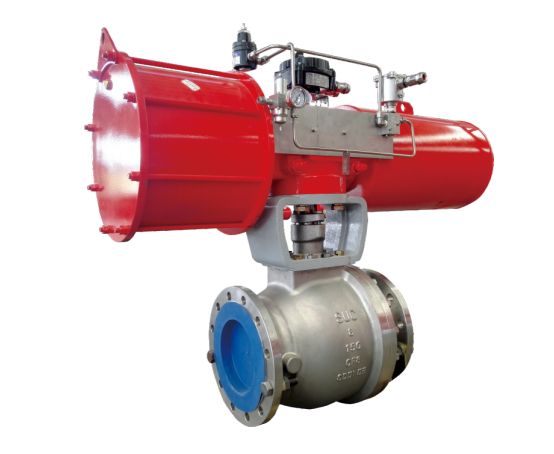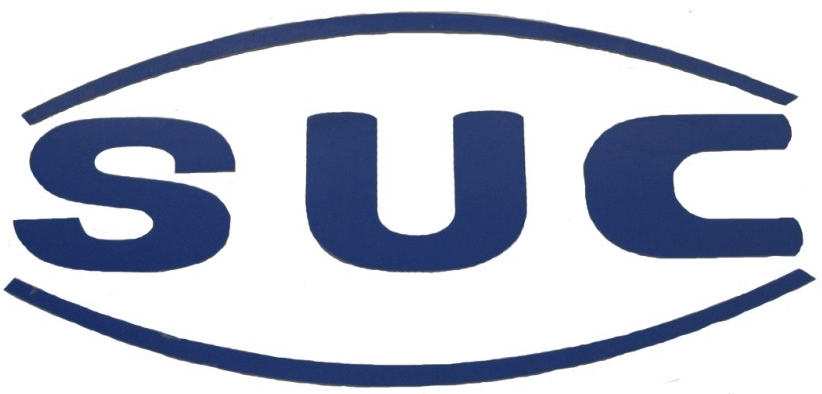
Overview
The manufacture of high wear-resistant hard-sealed ball valves is a new valve manufacturing technology that is different from traditional metal-sealed ball valves. The research and development of valves and their application technologies in engineering practice was born and developed along with the maturity of modern supersonic spraying and other cladding processes.
It originated from an accidental discovery in the observation of spacecraft erosion during the experiment of supersonic air duct load particle flow on spacecraft in the 1980s: when the particle speed exceeds a certain value, the wear effect of the particles will be transformed into a strong adhesion. Based on this phenomenon, the supersonic flame spraying process was born in the 1990s.
High wear-resistant hard-sealed ball valve refers to the ball, valve seat sealing pair and or flow channel. After the cladding process such as supersonic flame spraying (HVOF), the cemented carbide powder is clad on the sealing surface of the ball and the valve seat, thereby forming a dense coating with extremely strong adhesion, effective thickness>0.5mm, and bonding strength of up to 80MPa~350MPa. The coating has high hardness (68~72HRC), is not easily scratched and eroded by particles or high-speed airflow, and has super wear resistance, high temperature stability and high pressure resistance.
In the production process of petroleum, petrochemical, chemical, energy, mining and other industries, many occasions are harsh working conditions such as high temperature, high pressure, solid particles, dust, slurry, etc., which requires valves to meet the requirements of high temperature and high pressure working environment, and also have the characteristics of corrosion resistance, wear resistance, and erosion resistance. SUC insists on independent innovation and persistent efforts to professionally propose unique solutions for different pressure, temperature, corrosion, wear resistance and other harsh working conditions.
Application range:
Application industries: coal chemical industry, petroleum, petrochemical, chemical industry, metallurgy, mining, papermaking, power generation, organic silicon polysilicon new energy and other industries
Application conditions: high temperature, high pressure, high flow rate, high hardness, high viscosity, high corrosion, easy crystallization and other conditions
Application media: coal powder, gray water, black water, ash, slurry, steam, mineral powder, silicon powder, cement, corrosive materials and other media
Manufacturing range:
Size range: NPS 12"~NPS 44"DN 15~DN 1100
Pressure level: ANSI CLASS 150LB~2500LBGB PN1.6~PN420
Temperature range: -196℃~ 850℃
Standard specifications:
Design standard Design:ANSIB16.34a API6D API608 GB/T12237…
Structural length standard Face to Face:ANSIB16.10 GB/T12221…
End Flange: ANSI HG/T GBIT JB/T SH DIN JIS…
Technical features:
1. Excellent sealing performance:
Unique patented technology (patent number ZL200910307732.4, ZL201120495464.6) realizes bidirectional sealing, and the most basic sealing level of the company's products can meet the ANSI FCI 70-2 CLASS V requirements.
2. Reliability in use
2.1 Special valve body design (patent number ZL200920310546.1) is resistant to high flow rate and high hardness media erosion.
2.2 The special sealing design of the spring part (patent number ZL201310619873.6) can prevent sealing leakage caused by spring failure
2.3 The ball and valve seat sealing surfaces are treated with a special design process (patent number ZL200910307732.4), making the ball and valve seat highly wear-resistant.
2.4 The hard surface treatment uses advanced equipment and technology to make the porosity ≤1% or even 0 porosity
2.5 The valve seat adopts a patented sealing surface design (patent number ZL200920310546.1) to prevent hard surface scratches.
2.6 The valve seat adopts a wear compensation design to achieve stable switching torque of the valve under large temperature differences.
2.7 The inner and outer sides of the valve seat sealing surface adopt a blade structure design, which can self-clean the ball surface to prevent material adhesion and accumulation.
2.8 The packing adopts pressure self-sealing and pre-loading design to prevent leakage
2.9 The valve stem adopts anti-blowout and reverse sealing design to prevent online misoperation and leakage
2.10 The actuator is directly connected to the valve body, and the valve stem adopts a separate sealing design. The valve stem and packing are always in the best working condition.
2.11 The selection of high-strength valve stem and high-torque double-guided fast-acting actuator ensures reliability under various harsh working conditions.
2.12 The shell pressure test adopts high-pressure gas detection. The maximum detection pressure of the high-pressure gas system is 31.5MPa, which can reduce the risk of valve leakage.
3. Material diversity
According to different working conditions, there are a variety of materials for the sealing surface material and auxiliary seals.
4. Structural diversity
Various products are specially designed for different working conditions.
5. Fireproof performance
Product structure and seals meet the requirements of AP1607 standard specifications
6. Interchangeability of actuators
The dimensions of the valve top and the actuator connection are the standard IS0 5211 interface dimensions, which can realize the interchangeability of various actuators.
